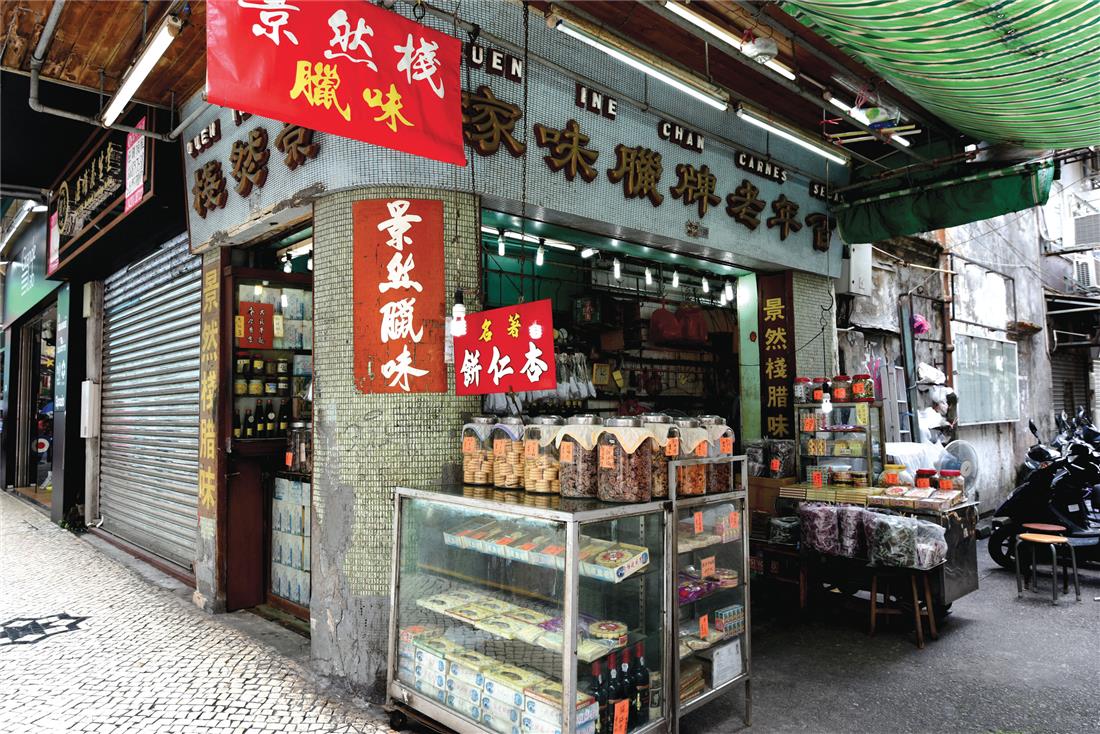Production of “lap-mei” and respective types
“Lap-mei” (cured meat) is a kind of traditional food among the Chinese people with a history dating back to a thousand years ago. Its preparation and recipe vary from region to region across China and the ones produced in Guangdong, Hubei, Suzhou, Sichuan and Hunan of China are well-known for their specific ways of preparation and flavour. Curing is a method of treating meat. In China, the meat is cured with salt or sauce, and then it is placed in a well-ventilated area to let it air-dry over time. The twelfth month of the Chinese lunar calendar, known as “layue” (month of food-curing), is the month of the year when the weather is dry with a clear sky, few pests to be found and meat is less prone to spoilage. It is the optimal time for preparing “lap-mei” by drying meat in the open air. However, in Southern China where the climate is warm and humid, it lacks the natural condition required for air-drying of meat. Hence, sun-drying becomes another option. Yet, air-drying of meat in the outdoors poses a hygiene risk since it is susceptible to insect pest infestation, so some producers have in recent years switched to dry or cure the meat in specialized curing rooms.There is a Cantonese saying which goes like this: “When the autumn wind starts to blow, it’s the time to eat lap-mei”. The Guangdong region boasts a great variety of cured meat, such as sausages, plain pork meat, ducks, fish and viscera (e.g. duck’s gizzard and intestines). The sausages have different flavours, like the ones prepared with traditional recipe, curing the meat with Chinese Fen Wine and white sugar, and others cured with light soy sauce or black pepper. In terms of types, their respective fillings are lean meat, equal portion of fat and lean meat, duck liver and “gold-silver sausage” (sausage made with pig liver and stuffed with fatty meat). As far as quality is concerned, sausages with fillings of diced meat are superior to that of minced meat. The small cubes of diced fat and lean meat are visible to the eye and the colour of the sausage is not overly red. This type of sausages gives layered flavours.
Back in the heyday, there were dozens of shops selling “lap-mei” across Macao with abundant factories in its production. However, with increasing food options nowadays and rising health consciousness of consumers, Chinese-style cured meat is no longer a welcome food item. Sale and production of “lap-mei” in Macao become a sunset business.











